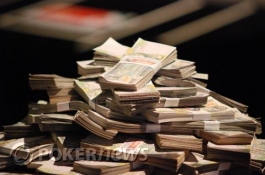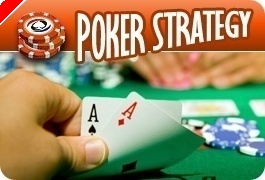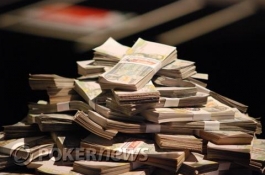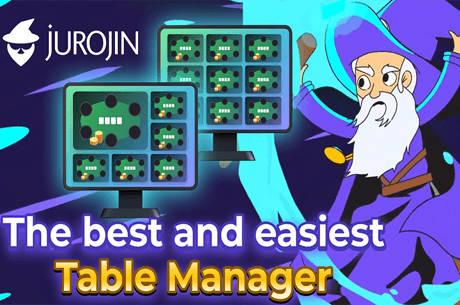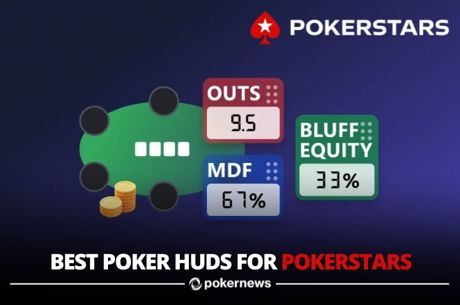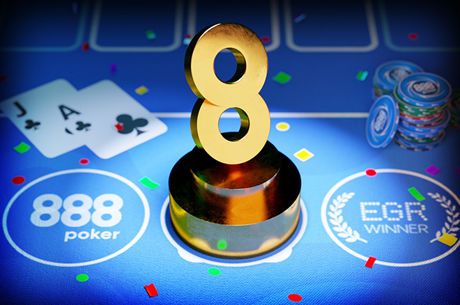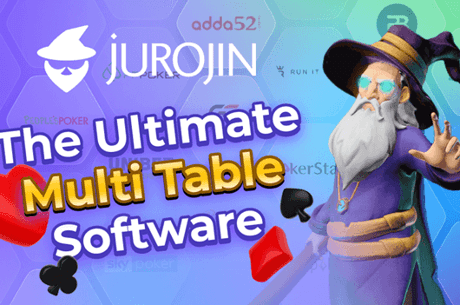Bankroll Builders, Vol. 5: Micro-Stakes No-Limit Hold'em, Part 1
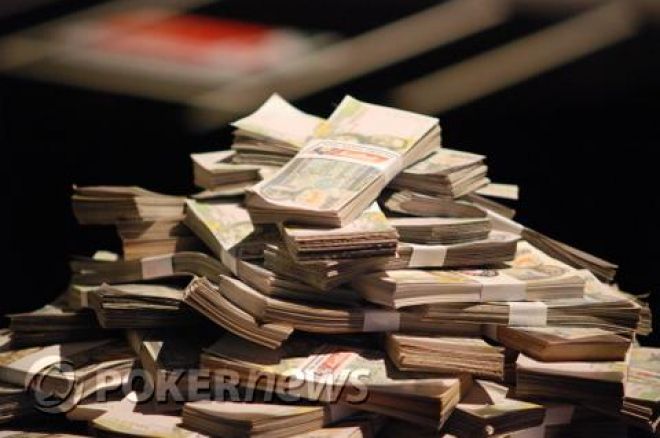
Back in 2007, Chris “Jesus” Ferguson famously turned a zero balance on Full Tilt Poker into $10,000. Earlier this year, Daniel Negreanu set about running $10 up to $100,000 on PokerStars, starting with the $2 buy-in, $0.01/$0.02 no-limit hold’em games.
Both of these players have proved that it takes patience, dedication and solid play to quite literally pull oneself up by one's bootstraps in online poker, but that it is possible and you don’t have to be a five-time bracelet winner to do it.
Even if you’re hanging on to the flimsiest of online account balances, micro-stakes no-limit hold’em can be the quickest way to turn your last $20 into something far more workable.
Where can I play?
Both Full Tilt and PokerStars spread no-limit hold'em games with blinds as low as $0.01/$0.02 and buy-ins as small as $2.
Where should I start?
If you are a total beginner when it comes to no-limit hold'em, stick to a game in which you have at least 20 to 25 buy-ins. For $0.01/$0.02 NLHE, have $40 to $50, for $0.02/$0.05 have $100 to $125 and for $0.05/0.10 start with at least $200.
More experienced players looking to run up a bankroll from a small online balance can relax these requirements a bit at the lowest limits and play games for which they have 10 to 15 buy-ins. Play $0.01/$0.02 with $25 or less, try $0.02/$0.05 with $50 to $75, and move up to $0.05/$0.10 once you hit $100.
Should I multi-table?
Let's get real for a minute. Endless strings of $0.07 preflop raises and $0.30 pots can seriously test one's patience. Multitabling can certainly alleviate boredom and often prevents players from seeking out other distractions (television, surfing the internet, instant messaging) while waiting for a playable hand.
Beginners should certainly stick to one table while learning the fundamentals of no-limit hold'em, but those of you with a bit more experience should consider adding another table or two in the interest of playing more hands per hour and increasing your win rate.
Put it this way. If you're trying out poker on your first (or even second) $50 deposit, stick to one table. However, if you've been playing for a while and blew out most of your PokerStars roll taking a shot at a higher limit, multitable your way out of the $0.02/$0.05 and $0.05/$0.10 games as fast as possible.
How much can I earn?
Win rates at micro-limit NLHE are as varied as the players themselves and largely depend on one’s skill and experience. With a plethora of fish in these seas, it can be relatively easy for a solid player to extract a ton of value and move up quickly.
At the beginning of his $10 to $100,000 challenge earlier this year, Daniel Negreanu ran his $10 bankroll up to $25.26 in 786 hands of $0.01/$0.02 NLHE. That's a rate of nearly one big blind per hand! Sure, hardly anyone can come close to matching Negreanu’s skill, but by playing some quality ABC poker, extracting value from big hands and limiting your bluffs, you’ll be up a few buy-ins in no time.
When should I move up?
When playing $0.01/$0.02 through $0.05/$0.10 NLHE, stick to the bankroll requirements we talked about before — 10 to 15 buy-ins for experienced players and 20 to 25 for beginners. However, once you’ve built your roll up to around $500, it’s time to re-evaluate. There is a significant jump in skill level from $10 buy-in NLHE and $25 buy-in NLHE. Especially if you’re multi-tabling, it may be time to increase the number of buy-ins you have in your account relative to the game you’re playing.
If you’re moving up to $25 NLHE for the first time, start slowly by mixing in one table of $0.10/$0.25 with another of $0.05/$0.10. If you’re comfortable in the $25 game, excellent! Keep grinding and gradually phase out of $0.05/$0.10. If you drop a few buy-ins right away or feel as though you’re in over your head, drop back down to the $10 games. Beginners should have 40 to 50 buy-ins at $0.10/$0.25 (at least $1,000) before multi-tabling at the $25 level.
Players in bankroll-rebuilding mode, who are more comfortable at $0.10/$0.25 and higher, can relax those requirements a bit. But beware of playing any game for which you have less than 20 buy-ins. Variance will always rear its ugly head, even for the best players.
In Part 2, we’ll get into starting hands, strategy, and more tips from the trenches. Stay tuned!
Get started on your own bankroll-building challenge by opening an account at one of our online poker rooms. And why not follow us on Twitter while you’re at it?

